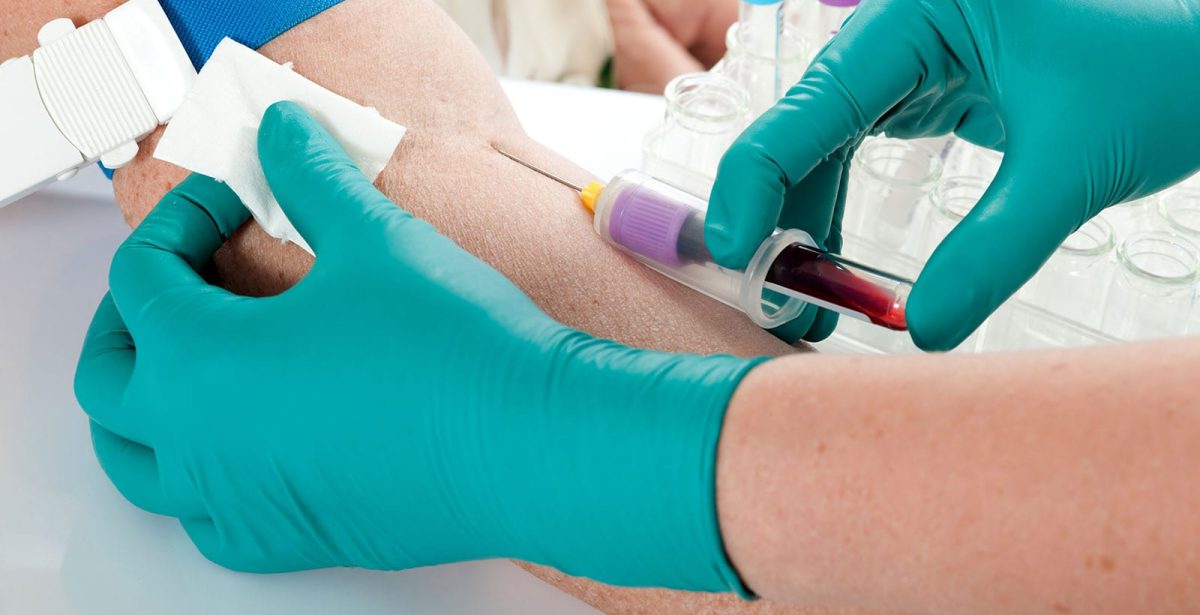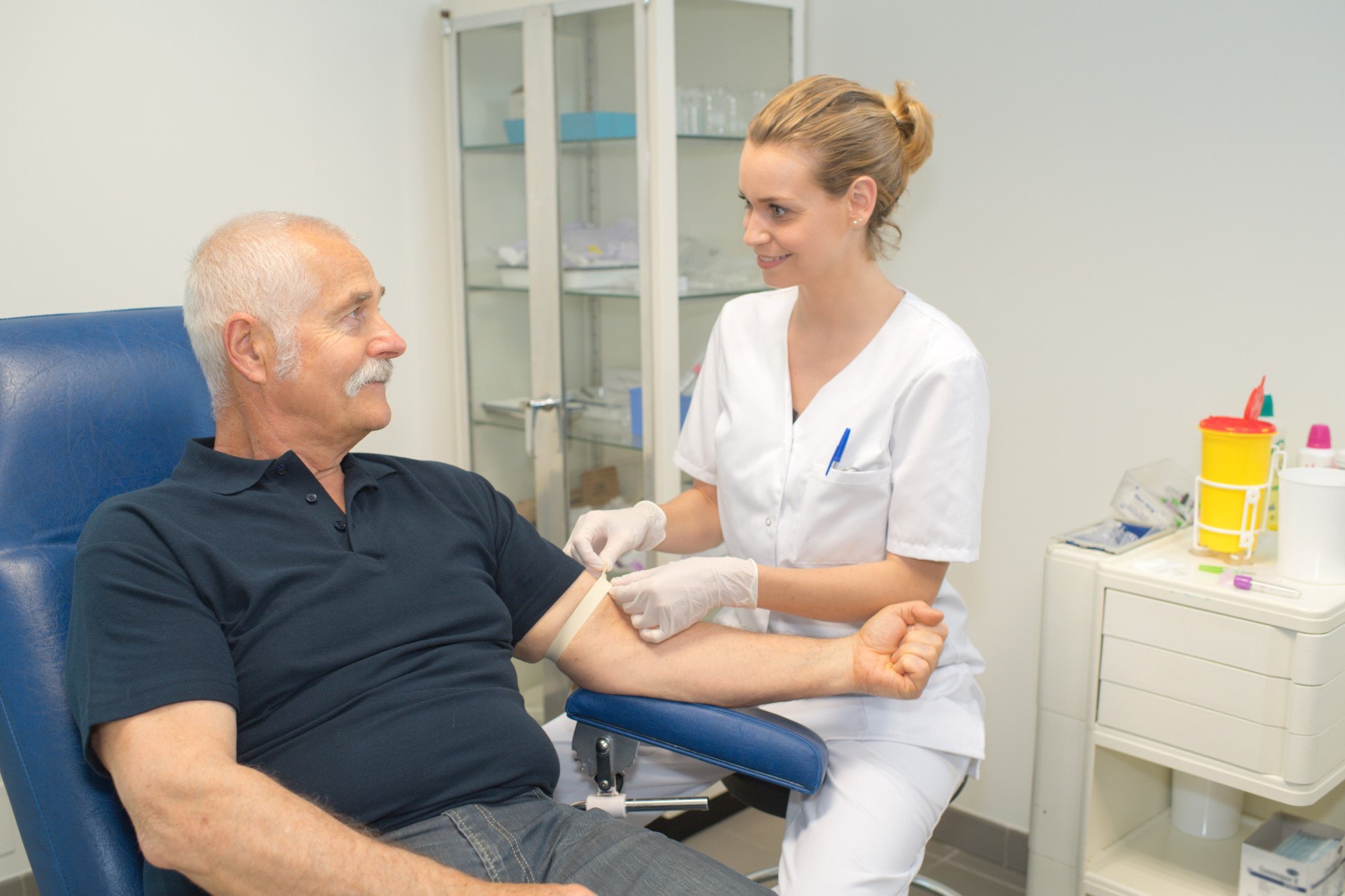A Biased View of Northeast Medical Institute - New Haven Campus Phlebotomy Course & Cna Class
A Biased View of Northeast Medical Institute - New Haven Campus Phlebotomy Course & Cna Class
Blog Article
The 5-Minute Rule for Northeast Medical Institute - New Haven Campus Phlebotomy Course & Cna Class
Table of ContentsNortheast Medical Institute - New Haven Campus Phlebotomy Course & Cna Class Things To Know Before You Get ThisHow Northeast Medical Institute - New Haven Campus Phlebotomy Course & Cna Class can Save You Time, Stress, and Money.What Does Northeast Medical Institute - New Haven Campus Phlebotomy Course & Cna Class Do?Indicators on Northeast Medical Institute - New Haven Campus Phlebotomy Course & Cna Class You Should KnowNortheast Medical Institute - New Haven Campus Phlebotomy Course & Cna Class Things To Know Before You Get ThisGetting My Northeast Medical Institute - New Haven Campus Phlebotomy Course & Cna Class To Work
The usage of such tools should be accompanied by other infection avoidance and control techniques, and training in their usage.For setups with low sources, price is a driving consider purchase of safety-engineered devices - Phlebotomy Classes. Where safety-engineered devices are not offered, experienced use of a needle and syringe is appropriate. Unexpected direct exposure and specific information regarding an incident need to be tape-recorded in a register. Assistance services should be promoted for those that undertake unintentional direct exposure.
One of the essential markers of top quality of care in phlebotomy is the involvement and teamwork of the person; this is mutually advantageous to both the health and wellness worker and the client. Clear details either composed or verbal should be readily available per individual that undergoes phlebotomy. Annex F supplies example message for discussing the blood-sampling procedure to an individual. In the blood-sampling room for an outpatient department or clinic, provide a comfortable reclining couch with an arm remainder.
Northeast Medical Institute - New Haven Campus Phlebotomy Course & Cna Class for Dummies
Make sure that the indications for blood sampling are clearly defined, either in a written procedure or in recorded instructions (e.g. in a lab kind). Whatsoever times, adhere to the approaches for infection avoidance and control noted in Table 2.2. Infection prevention and control methods. Collect all the tools required for the procedure and place it within secure and simple reach on a tray or trolley, making certain that all the things are plainly visible.
Introduce yourself to the person, and ask the client to mention their full name. Inspect that the laboratory kind matches the client's identity (i.e. match the patient's details with the laboratory kind, to guarantee exact identification).
Make the client comfy in a supine placement (when possible). Area a clean paper or towel under the client's arm. Talk about the examination to be carried out (see Annex F) and acquire verbal authorization. The patient has a right to reject a test any time prior to the blood tasting, so it is vital to ensure that the patient has comprehended the treatment.
The smart Trick of Northeast Medical Institute - New Haven Campus Phlebotomy Course & Cna Class That Nobody is Talking About
Prolong the patient's arm and evaluate the antecubital fossa or lower arm. Locate a capillary of a great size that shows up, straight and clear. The diagram in Section 2.3, reveals usual placements of the vessels, but several variations are feasible. The median cubital capillary exists in between muscle mass and is normally the most easy to penetrate.
DO NOT place the reference needle where blood vessels are diverting, since this increases the chance of a haematoma. Locating the capillary will aid in determining the correct size of needle.
Haemolysis, contamination and presence of intravenous fluid and medicine can all modify the outcomes (39. Nursing staff and physicians may access central venous lines for specimens complying with methods. Nevertheless, specimens from main lines carry a threat of contamination or erroneous research laboratory examination results (https://northeast-medical-institute.webflow.io). It is appropriate, however not excellent, to injure samplings when first introducing an in-dwelling venous tool, prior to attaching the cannula to the intravenous fluids.
Unknown Facts About Northeast Medical Institute - New Haven Campus Phlebotomy Course & Cna Class
Failing to enable adequate call time increases the risk of contamination. DO NOT touch the cleaned up website; in specific, DO NOT position a finger over the capillary to direct the shaft of the subjected needle.
Ask the client to form a clenched fist so the veins are a lot more popular. Enter the capillary promptly at a 30 degree angle or less, and remain to present the needle along the capillary at the easiest angle of entrance - Phlebotomy Training. As soon as adequate blood has actually been gathered, release the tourniquet prior to taking out the needle
6 Easy Facts About Northeast Medical Institute - New Haven Campus Phlebotomy Course & Cna Class Shown
Withdraw the needle carefully and use gentle stress to the website with a tidy gauze or completely dry cotton-wool ball. Ask the person to hold the gauze or cotton wool in position, with the arm extended and elevated. Ask the patient NOT to flex the arm, because doing so causes a haematoma.

Not known Factual Statements About Northeast Medical Institute - New Haven Campus Phlebotomy Course & Cna Class
Where possible, keep the tubes in a rack and relocate the shelf towards you - https://triberr.com/northeastmed. If the sample tube does not have a rubber stopper, inject very slowly right into the tube as minimizing the pressure and velocity utilized to move the sampling reduces the threat of haemolysis.

Report this page